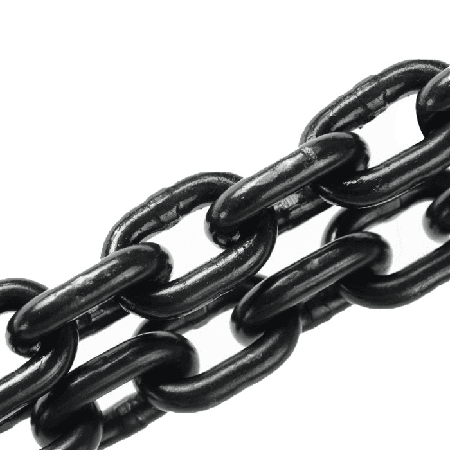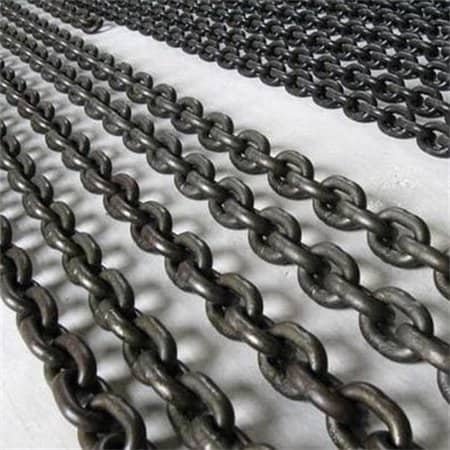Understanding Webbing Sling Eye Types: A Complete Guide
In lifting operations, webbing slings are widely used due to their lightweight, flexibility, and ability to prevent damage to the load. The eye design at both ends of the sling significantly impacts its performance and safety. This article will introduce four common eye types: Flat Eye, Folded Eye, Reinforced Eye, and Twisted Eye, explaining their features and helping you choose the right one for your needs.
What Is a Webbing Sling Eye?
The eye of a webbing sling refers to the looped structure at both ends, designed for connecting to hooks or other lifting equipment. Different eye designs influence how the sling distributes force, its durability, and its suitability for various lifting tasks.
Common Types of Webbing Sling Eyes
- Flat Eye

- The most common standard eye type
- Simple structure with straight, flat ends
- Provides even force distribution and easy handling
- Suitable for general lifting tasks
2. Folded Eye

- Created by folding the sling end and stitching multiple layers
- Increases load-bearing capacity
- More durable and suitable for heavy-duty lifting
3. Reinforced Eye

- Include extra stitching or protective layers at the eye area.
- Enhances wear resistance and durability
- Ideal for frequent use and harsh environments
4. Twisted Eye

- The sling end is twisted and stitched to form a loop at an angle
- Suitable for special lifting methods such as choker hitches and basket hitches.
- Offers more flexibility in rigging
How to Choose the Right Eye Type?
Selecting the right eye type is crucial for safety and efficiency in lifting operations. Consider the following factors:
- Lifting Method: Different lifting methods, such as vertical lifts, U-shape lifts, and choker hitches, require different eye types. For example, twisted eyes work well for angled or basket hitches.
- Load Capacity & Frequency of Use: For heavy loads or frequent use, reinforced or folded eyes are recommended for increased strength and longevity.
- Hook Compatibility: Ensure the eye size and shape match the hook or lifting point to prevent operational issues or safety risks.
Pros and Cons of Different Eye Types
| Eye Type | Advantages | Disadvantages |
| Flat Eye | Simple, widely, applicable, cost-effective | Lower load-bearing capacity |
| Folded Eye | High strength, enhanced durability | Heavier, higher manufacturing cost |
| Reinforced Eye | High abrasion resistance, ideal for harsh environments | More complex and expensive |
| Twisted Eye | Flexible for various lifting applications | It may require more handling |
How Eye Type Affects Sling Quality and Lifespan
The eye design directly affects how stress is distributed, the sling’s resistance to wear, and its overall lifespan. Folded and reinforced eyes offer better stress distribution and enhanced protection, making them more durable for demanding applications.
Common Problems & Solutions(FAQ)
Eyewear out too quickly? → Choose a reinforced eye or use protective sleeves.
Eye size doesn’t fit the hook? → Check dimensions before purchase or use adjustable connectors.
Eye deformation? → Avoid overloading and follow proper lifting procedures.
Conclusion
Choosing the right webbing sling eye type is essential for safe and efficient lifting operations. By understanding the differences between flat, folded, reinforced, and twisted eyes, you can select the best option based on the lifting method, load requirements, and working environment. Regular inspection and timely replacement of worn slings will ensure safe and smooth operations.


